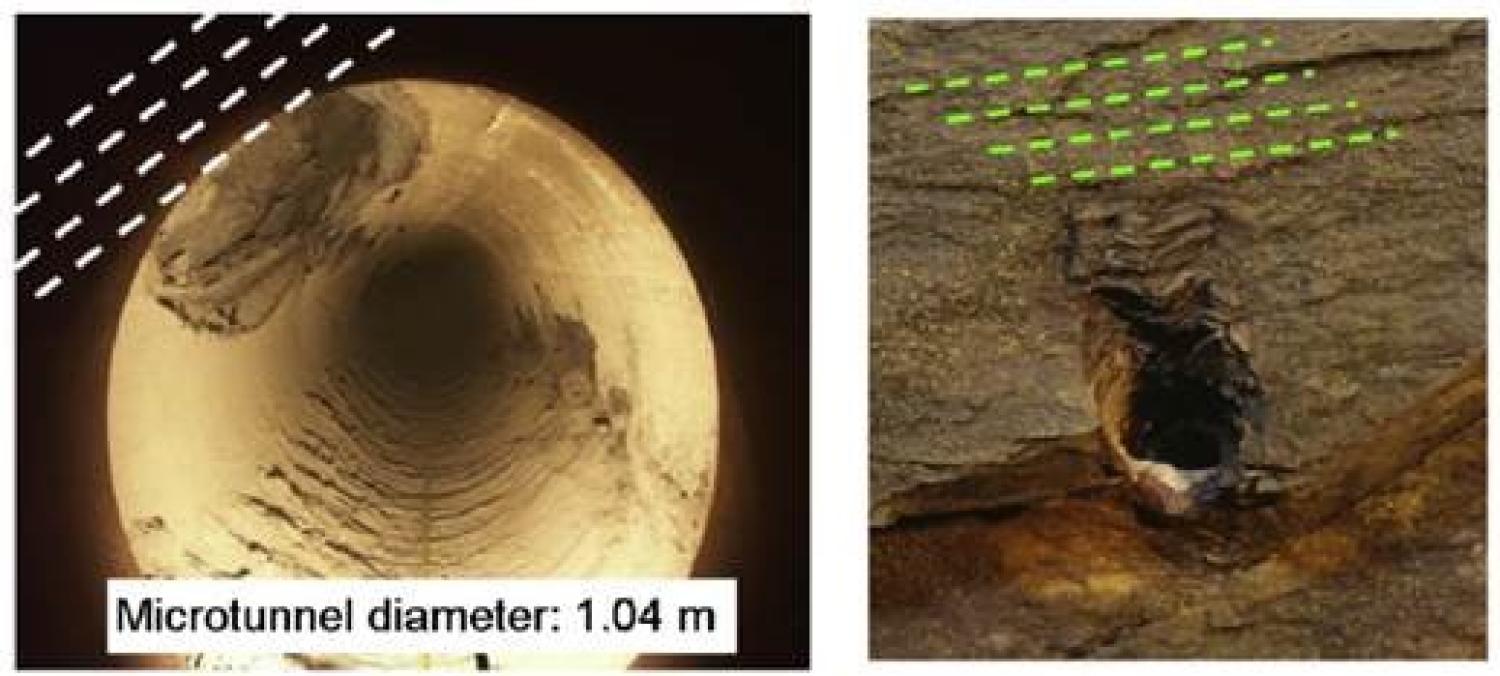DOE Grant to Increase Safety of Nuclear Waste Storage

Professors Yida Zhang and Yunping Xi from the Civil, Environmental and Architectural Engineering Department at the University of Colorado Boulder were awarded $789,000 from the Department of Energy for their research project “Time-Dependent THMC Properties and Microstructural Evolution of Damage Rocks in Excavation Damage Zone.” This research will contribute to increasing the safety of nuclear waste storage.
"Since the closure of the Yucca Mountain project, U.S. has been reevaluating all the options available for geological disposal of high-level nuclear wastes. This research will help accelerate this goal by evaluating the suitability of salt rock and claystone formations for long-term isolation of nuclear wastes,” said Zhang.
Nuclear energy is an efficient and greenhouse gas free method of electricity generation with one major issue: the waste from nuclear power plants is radioactive and potentially harmful. The current consensus is that the best potential solution for this high-level nuclear waste (HLW) is deep geological disposal.This would involve building a large repository deep underground in bedrock or inside a salt dome. This would allow the isolation of the nuclear waste until it is no longer hazardous. The U.S. Nuclear Regulatory Commission (NRC) requires that nuclear waste is isolated for 1 million years. Due to the massive time scale involved, engineers need to be very confident that their deep geological disposal repositories are stable and isolated from the outside environment. Due to the challenges in developing these repositories, none are currently in operation despite 50 years of research in multiple countries. For engineers to better control the uncertainties associated with million-year time scale, they need to improve their understanding of the coupled thermal-hydrological-mechanical-chemical (THCM) processes in relation to the evolving microstructures of the host rocks.
Figure 1: Left, schematic of excavation damage zone; right, the increase of permeability near the excavation.
Figure 2: Excavation damage zone
“We will use coupled thermo-hydro-mechanical tests to probe the creep behavior of these rocks in laboratory time scale (e.g. one month), then extrapolate the results to geological time scale (e.g. one million years) via multi-scale theoretical and numerical models to be developed in this project,” said Zhang.
Zhang is the lead PI of this project. His research with CU focuses on geotechnical engineering, including constitutive modeling of geomaterials interacting with environmental factors and micromechanics of granular materials. Xi focuses on structural engineering and materials science, including evaluation of nuclear power plants and containment structures. They are using their background in micromechanics of particles to gain a better understanding of the long term effects of deep excavation.
“We are extremely excited to get this project, to help shape the future of U.S. energy solutions and meanwhile minimize environmental impacts.”
Zhang and Xi will use their background in geomechanics to analyze EDZ behavior in salt and argalite, two materials with promising potential for deep geological disposal. While there are many other aspects involved with the behavior of EDZs, their research will help make nuclear energy a more safe and reliable option.


